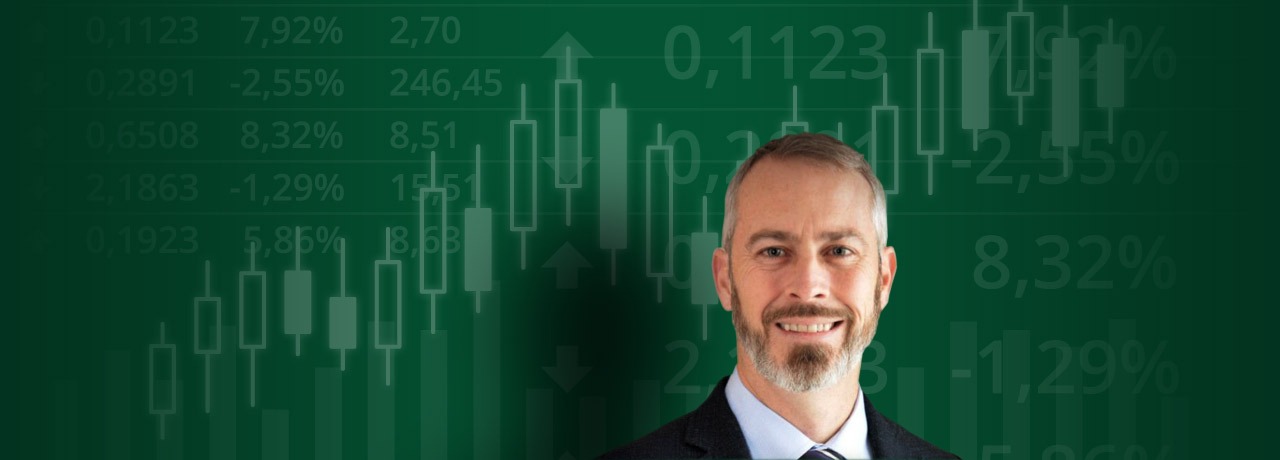The sugar market, currently trading around $.17 per pound has been drifting slowly lower since making its all time high of $.2957 per pound in August of 2011. Last week, the market fell through a key support level at $.1662 and traded down to $.1617 before reversing to close on its highs for the week. This could very well be the catalyst to rising sugar prices over the next few weeks.
The sugar market can be exceptionally volatile. Sugar’s average annual movement over the last five years is about 225% from high to low. This year, we’ve only seen a 20% range between the high and low. We expect volatility to increase with range expansion for the year’s range to show up in new highs. We also expect a near term increase in volatility as the market rejects the recent low and reverses course.
The sugar market’s decline has been quite orderly. This means there’s been low volatility. Low volatility compresses risk levels, which leads to tight stop prices. Tight stop prices allow more people to access the market. Tight stop prices also lead to added leverage. Smart traders view risk as a percentage of equity. Tight stop placement allows traders to add multiple contracts while maintaining their own risk tolerances. This ease of access and tight stop placement leads to ballooning open interest. Open interest recently peaked at just over 450,000 contracts. This is the largest open interest since January of 2008.
Staying with the technical characteristics we can compare the change in open interest to their price levels. Tying these observations to the Commitment of Traders reports then allows us to assign the change in open interest to individual trader categories like small speculators, index funds and commercial traders. This type of analysis shows that there were 95,000 new contracts added between March 1st and today. These contracts were all initiated between $.1684 and $.1778 per pound. Furthermore, the build in the commercial trader positions since mid-March is almost exactly 90,000 contracts.
The final technical piece lies in reading the chart itself. The weekly sugar chart shows last week as a key reversal bar. The textbook definition is a chart bar that makes a new high or low for the extended move indicating continuation of the trend before pulling an abrupt about face and closing beyond the previous bar’s high or low. The rejection of this new price level and quick return to previously traded prices indicates a market that has moved too far, too fast. The details of the setup show the weekly range for the week ending June 7th as $.1666 high to $.1632 low. Last week’s reversal bar traded down to $.1617, below the previous week’s low before closing at $.1678, above the previous week’s high.
Finally, we are just beginning the strongest seasonal tendency for October sugar. The seasonal strength lies between the middle of June and the end of July. We feel that the build in commercial long positions, coupled with the large increase in the speculative short position near their current breakeven levels will ultimately resolve its imbalance to the high side.
Last week’s key reversal bar leaves 90,000 contracts in jeopardy of being stuck holding the hot potato. Given the low volatility the market has been experiencing I believe that many of those new positions have pretty tight protective stop loss orders tied to them. Therefore, as this market turns higher it should begin to trigger these stops. The buying pressure triggered by the stop loss orders could very well kick off the seasonal strength. The first trend line resistance is just shy of $.18 per pound with further technical resistance around $.20 per pound. Meanwhile, since we are in fact bottom picking, a protective stop loss order should be placed no lower than $.1683. The primary key to profiting from this trade will be the ability to gauge the buying pressure that comes from small speculators being forced out of their short positions.
This blog is published by Andy Waldock. Andy Waldock is a trader, analyst, broker and asset manager. Therefore, Andy Waldock may have positions for himself, his family, or, his clients in any market discussed. The blog is meant for educational purposes and to develop a dialogue among those with an interest in the commodity markets. The commodity markets employ a high degree of leverage and may not be suitable for all investors. There is substantial risk of loss in investing in futures.





